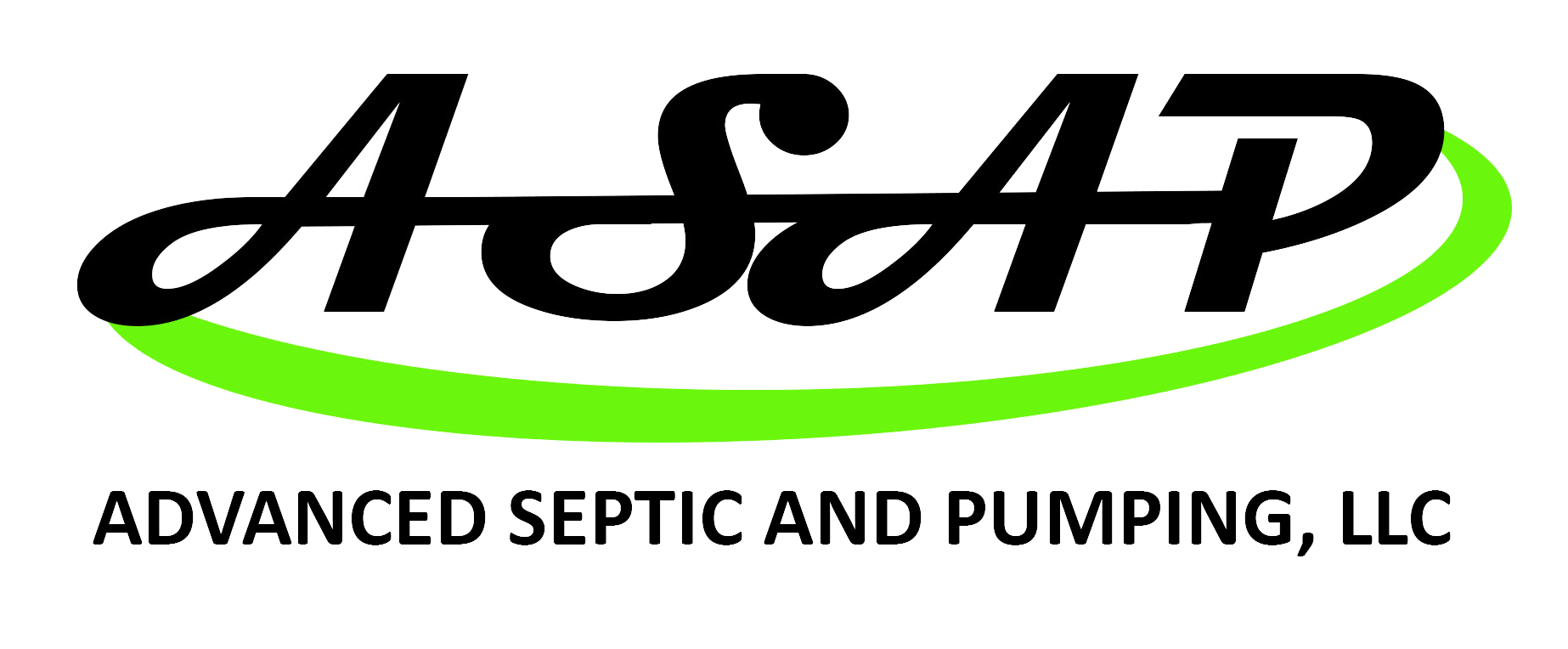Septic Pumps
Effluent Pumps
Effluent pumps are designed to handle clear wastewater effluent, typically from an onsite septic tank or treatment system, to a drainfield or secondary treatment process. These pumps are crucial for systems where the drainfield site is located at a higher elevation than the septic tank, requiring the effluent to be lifted and distributed for further filtration. They ensure that only partially treated water is pumped out, maintaining system efficiency and preventing system overload.
Sewage Pumps
Sewage pumps are heavy-duty pumps capable of moving solids and liquids from a home to a septic tank or sewer system. Unlike effluent pumps, they are designed to handle raw sewage containing waste and other solid materials. These pumps are essential for properties with bathrooms below the sewer line or for those that need to transport waste over long distances or up elevations to the septic tank or public sewer.
Grinder Pumps
Grinder pumps are a type of sewage pump equipped with grinding mechanisms that pulverize solid waste before pumping it to the septic tank or sewer system. This feature is particularly beneficial for reducing clogs and maintaining a smooth flow of wastewater, especially in systems that handle tougher solids or in residential areas with smaller diameter sewer pipes.
High Turbine Pumps
High Turbine pumps, known for their deep well capabilities, are used in specialized septic systems that require high head pressure to move effluent to the drainfield, especially in elevated or distant dispersal areas. Their robust design allows for efficient lifting of effluent over significant vertical distances, ensuring reliable wastewater management in challenging topographies.
Lift Station Pumps
Lift station pumps are an integral component of lift stations, which are used to transport wastewater from lower to higher elevations. These pumps activate when the wastewater in the lift station reaches a certain level, ensuring continuous movement of sewage or effluent from homes to the septic system or sewer lines, especially in areas where gravity flow is not possible.
Control Panel
The control panel is the nerve center of a septic pump system, housing the electrical components that manage pump operation. It coordinates the activation and deactivation of pumps based on waste levels, monitors system performance, and provides alarms for system malfunctions. A well-designed control panel is essential for maintaining the efficiency and longevity of the septic pumping system.
Alarms
Alarms in septic systems serve as an early warning system to indicate potential issues such as high water levels, pump failures, or power outages. These alarms are crucial for preventing overflows and backups, allowing for timely intervention and maintenance. Ensuring these alarms are functional is a key aspect of septic system management, safeguarding property and environmental health.
Float Switch Replacement
Alarms in septic systems serve as an early warning system to indicate potential issues such as high water levels, pump failures, or power outages. These alarms are crucial for preventing overflows and backups, allowing for timely intervention and maintenance. Ensuring these alarms are functional is a key aspect of septic system management, safeguarding property and environmental health.




